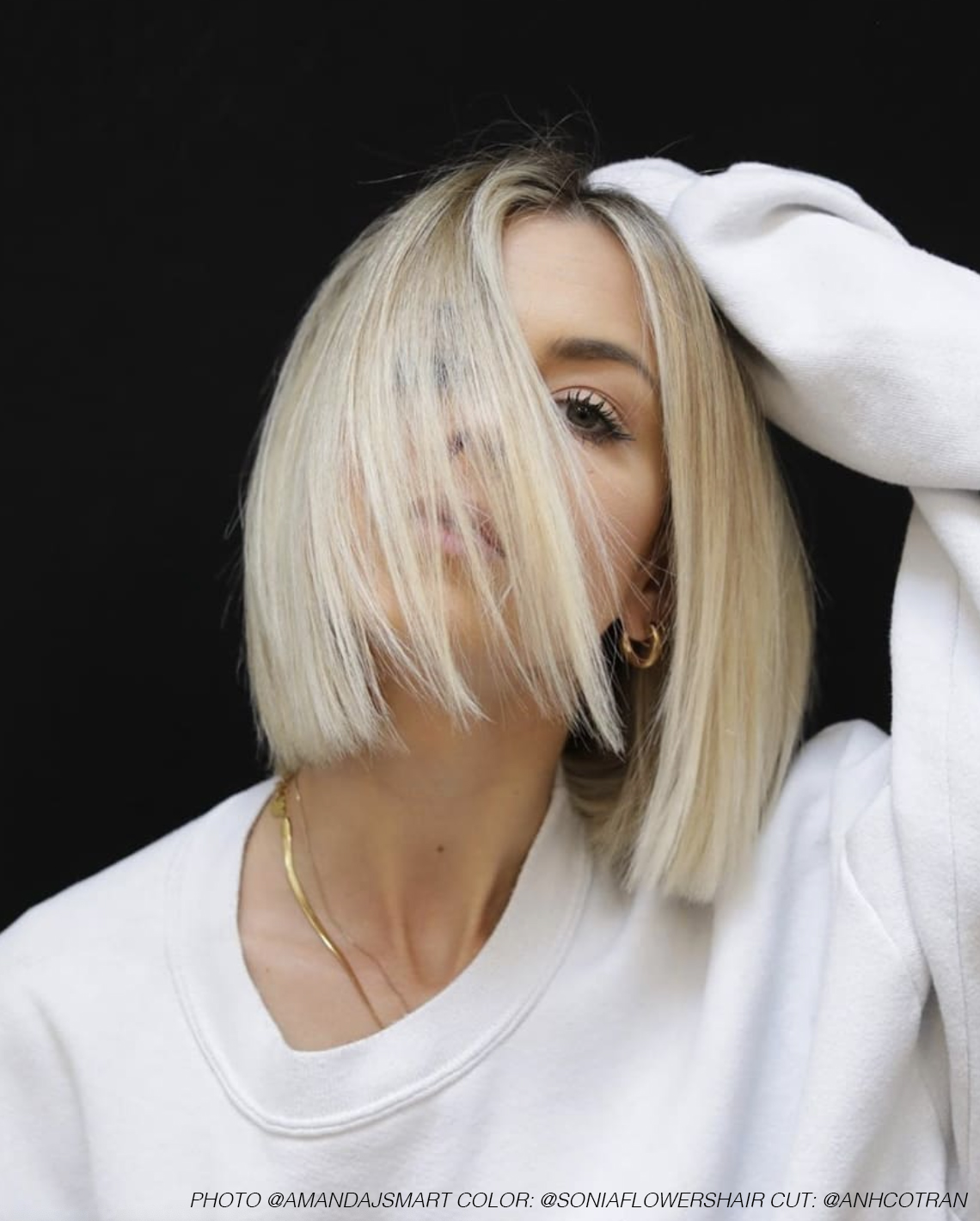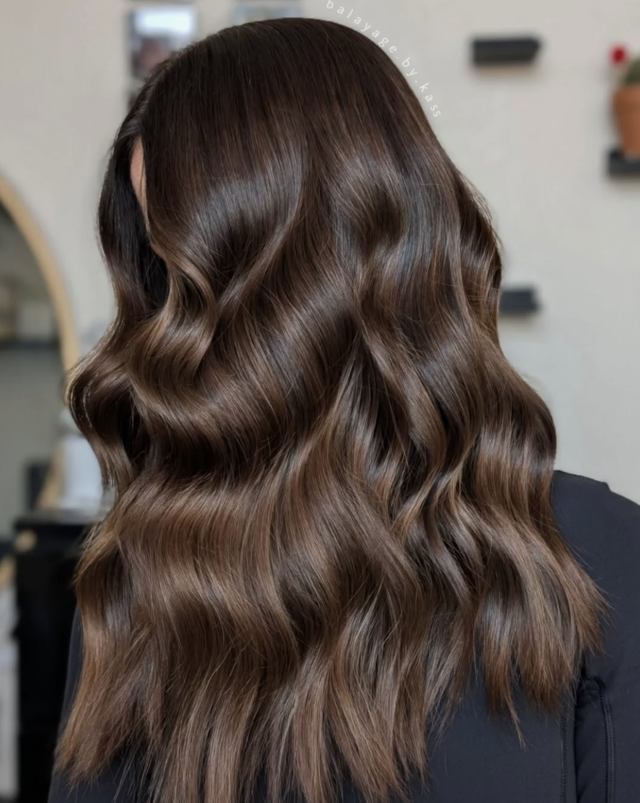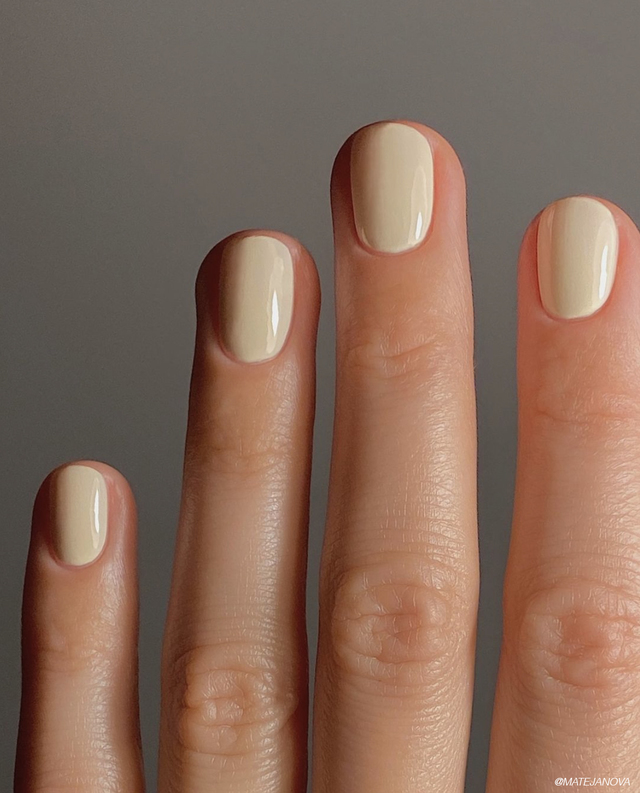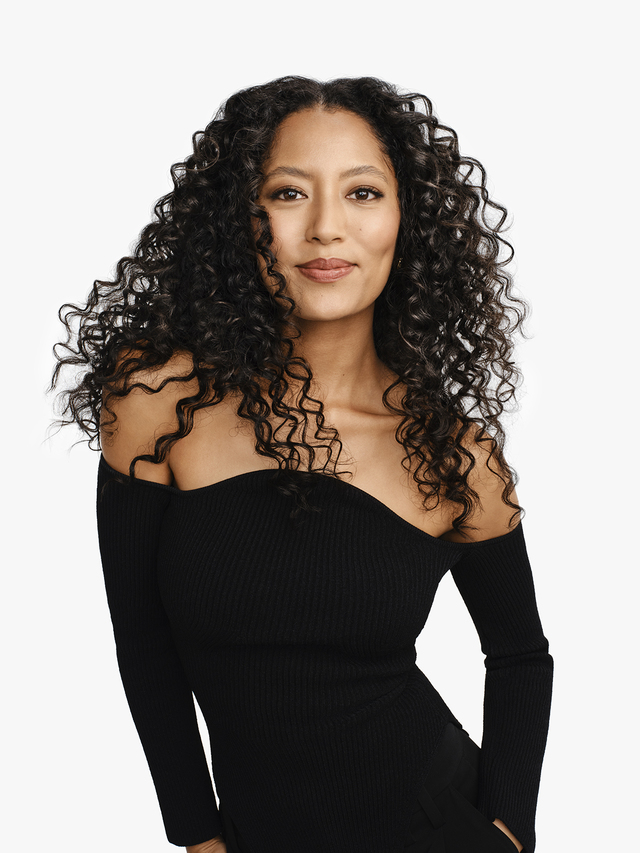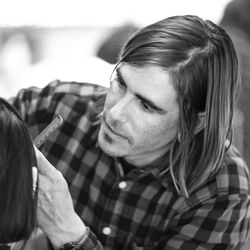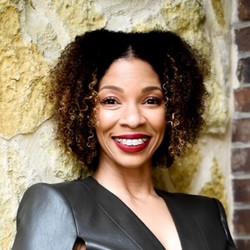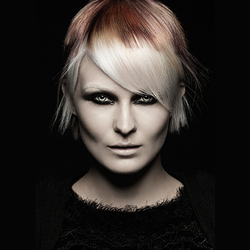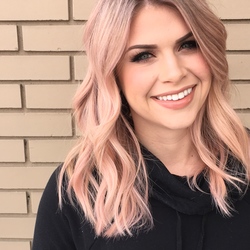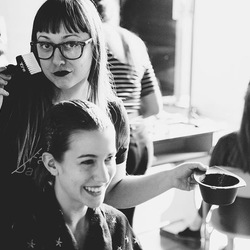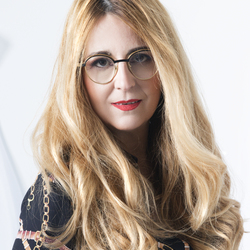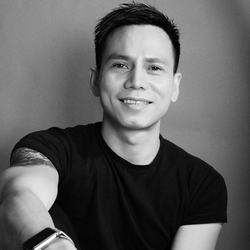Fall is most definitely in the air, which means winter is just a hop, skip, and a jump away. To prepare hair for the colder seasons, Hairstory Hairdresser Jennifer Covington-Bowers (@pincurlsandpaint) and Product Developer Jackie Gilbert Bauer are sharing their expert advice in all things hair and scalp health. Read on for a few top tips to guard your hair against the elements.
Rule 1: Watch your temps
No one likes to shiver, so during the colder months, it can become routine to turn up the heat as you shower. While this may feel good at the moment, Jackie warns that “Washing with very hot water can contribute to dry hair and a dry scalp. The temptation to turn up the heat as it gets colder may be strong but keep the shower temperature moderate or comfortably warm to preserve your natural oils.”
Healthy scalp care habits help improve both scalp function and the styleability of your locks. While turning down the temperature will save scalp and strands so will swapping our harsh formulas for detergent-free hair cleansers like New Wash. The key is that New Wash is made with essential oils and saturated fats. Jackie notes that “this biodegradable formula is the answer to happy hair and scalps. After washing, remember to handle wet hair with care; it’s here that it’s at its most elastic and fragile,” she says.
Rule 2: Embrace air-drying
The good news is that clients everywhere have been embracing their naturally air-dried texture. From bends to waves, curls and coils — the individuality that makes up everyone’s style is a highly coveted trait. To coincide with the increase in popularity, air-drying has benefits that far exceed the style. “Any kind of heat is damaging for the hair, so try to limit the amount that you use a dryer or heat styler. Working with your hair's natural texture – and utilizing styling products - is a great way to enhance the natural beauty of your hair whilst also showing it some TLC.” Says Jennifer. “Air-dry whenever possible with the help of Hair Balm leave-in conditioning product which also prevents static,” she adds.
Rule 3: Handle the heat
Anytime heat is used during the styling process, hair is at risk for damage. The only way to guard against the effect of heat styling is by applying products that cut down on the risk. “A condition known as ‘bubble hair’ occurs when water within the hair is heated and turns to steam, causing bubbles on the hair shaft.” Says Jackie. If you’ve ever taken a straightener to damp hair, you’ve probably seen the steam that ensues.
By continually exposing hair to this, “the result is brittle hair, which is more prone to breakage and split ends. To help reduce the chances of this happening, use a microfiber towel to absorb excess dampness and ALWAYS apply a heat protection product like Hairstory Dressed Up — a natural hair-protector and setting lotion — with copolymers, proteins, and essential oils as this will insulate hair from heat and prevent moisture loss,” adds Jackie.
Rule 4: Dust it off
Clients take pride in their hair and if they are used to a certain length or are looking to grow it out, the last thing they will want to do is cut it. Luckily there is a solution that helps improve the health of the hair without compromising the length. Jennifer says that many of her clients hate to even lose an in of hair, so she calls the term “dusting” instead. ”Split ends prevent you from growing those extra inches so look at it this way – a trim will encourage healthier growth. This is particularly true for curly and coily hair, it can become knotted and unmanageable without regular trims,” she adds.
Rule 5: Learn about good alcohols
We’ve been conditioned to think that all alcohols are detrimental to the health of our hair. Instead, it is about learning the differences between them and which ones to look for in your hair care. Jackie says, “some alcohols – ethanol (or ethyl alcohol) and propanol – can strip moisture. While cetyl, stearyl, cetearyl, myristyl, behenyl and lauryl alcohols do the exact opposite.” Instead of being fearful of ingredients she suggests “becoming your own investigator and be safe in the knowledge that you’re making good hair decisions.”
